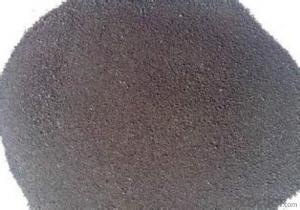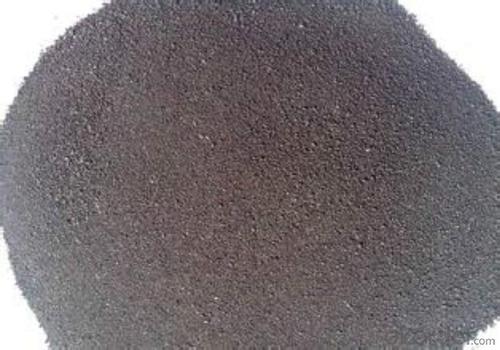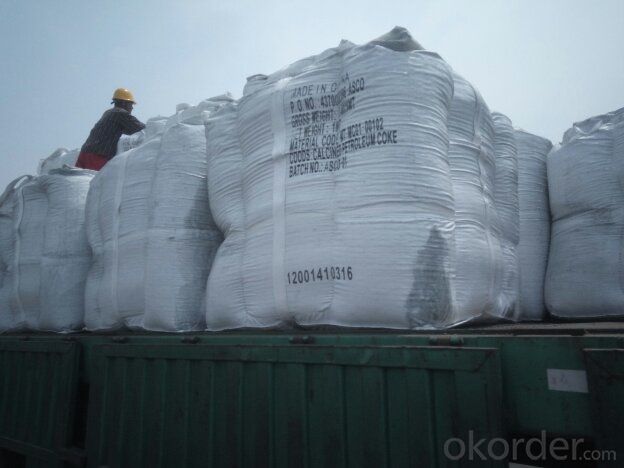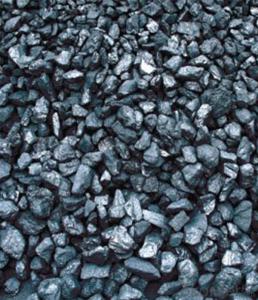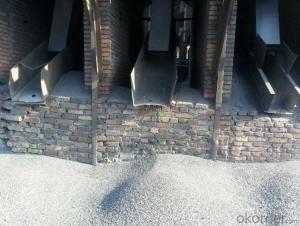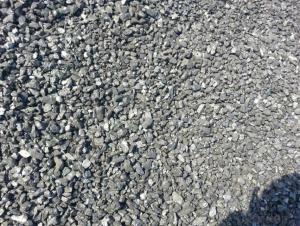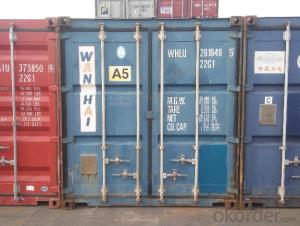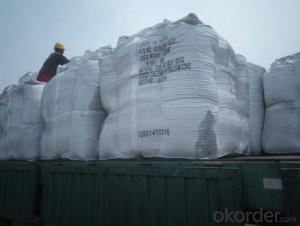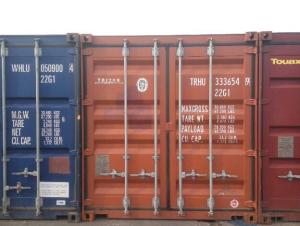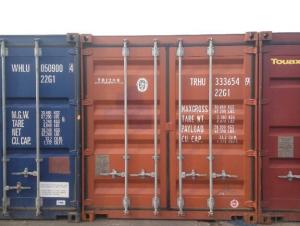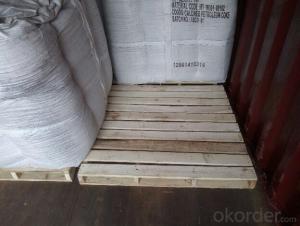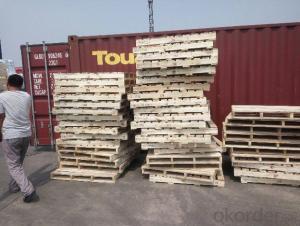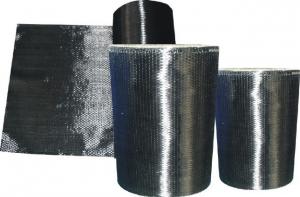Calcined Petroleum Coke as Injection Coke
- Loading Port:
- Tianjin
- Payment Terms:
- TT OR LC
- Min Order Qty:
- 19.4
- Supply Capability:
- 1004 m.t./month
OKorder Service Pledge
OKorder Financial Service
You Might Also Like
Intrduction
Carbon additive to ningxia production of anthracite as raw material, after washing, crushing, high temperature calcination, filter, etc. Craft refined and become.This is after the anthracite calcination generated high carbon content and low volatile component of the new product, is an ideal raw material to make steel.
Calcined Petroleum Coke comes from delayed coke which extracted from oil refinery. Although Calcined Petroleum Coke contains a little bit higher level of sulfur and nitrogen than pitch coke, the price advantage still makes it widely used during steel-making and founding as a kind of carbon additive/carburant.
Features
In the smelting process for reducing agent. Performance: replace the traditional oil carbon additive, decrease the cost of steelmaking. Features: low ash. low sulfur,low phosphorus, high calorific value. High ratio resistance,high mechanical strength,high chemistry activity. It is mainly used for metallurgy reductant inoculants, casting, refractory materials, machinery, electronics and other fields.Good quality
1) high absorption rate, it can be absorbed up to 90%.
2) absorbed more quickly than other carbon additive; no residue remains in furnace.
3) low Sulfur, the lowest can reach below 0.20%; low nitrogen, normally below 200ppm (0.02%)
Specifications
CPC | |||
F.C.% | 98.5MIN | 98.5MIN | 98MIN |
ASH % | 0.8MAX | 0.8MAX | 1MAX |
V.M.% | 0.7 MAX | 0.7 MAX | 1 MAX |
SULFUR % | 0. 5MAX | 0. 7MAX | 1MAX |
MOISTURE % | 0.5MAX | 0.5MAX | 1MAX |
Pictures
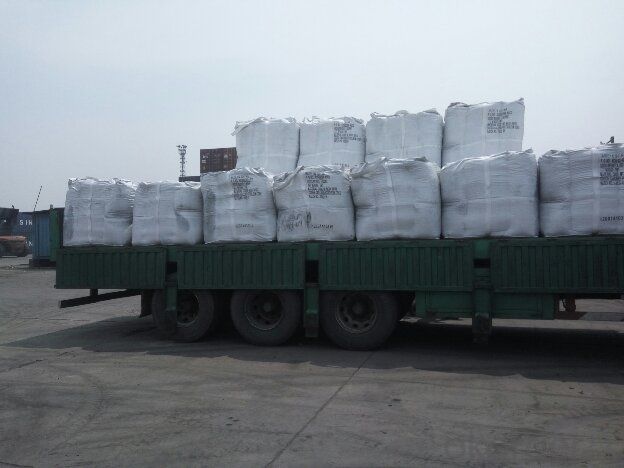
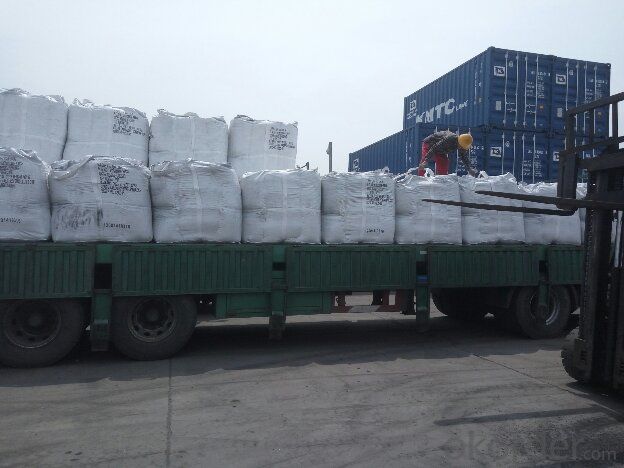
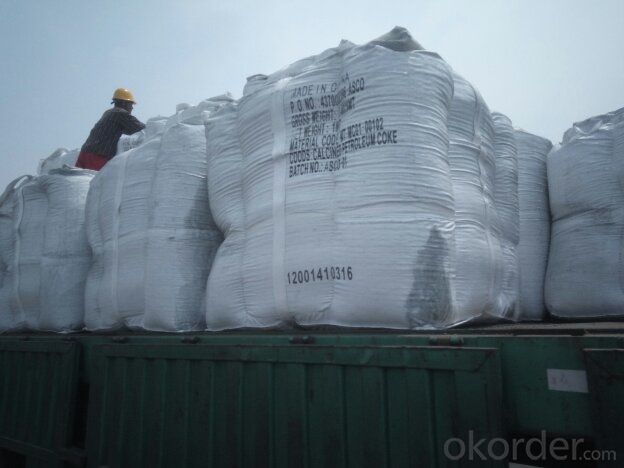
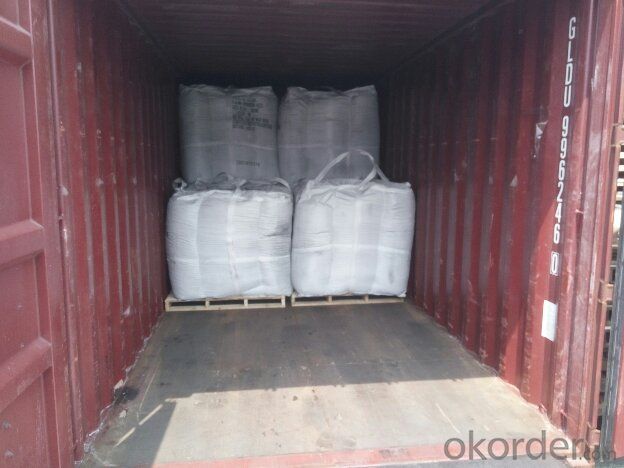
FAQ:
(1)CPC could be as fuel
Petroleum coke is a material relatively low in cost and high in heat value and carbon content with good chemical stability, making it an efficient and costeffective fuel for producing metal, brick and related products.
(2)CPC could be as Graphite Electrodes
Graphite can be produced from lowsulfur needle petroleum coke, which must be heated above 5,432 degrees Fahrenheit.
(3)CPC could be as Anodes
Calcined petroleum coke, often low in sulfur and metallic impurities, is used to make anodes for
the smelting industry.Calcined petroleum coke is mixed with coal tar pitch in the production of
anodes.
- Q: What are the impacts of carbon emissions on wildlife?
- Carbon emissions have a significant impact on wildlife as it contributes to climate change, leading to habitat loss, changes in migration patterns, and increased vulnerability to disease and extinction. Additionally, the acidification of oceans due to increased carbon dioxide levels affects marine life, disrupting food chains and damaging coral reefs. Overall, carbon emissions pose a grave threat to the survival and well-being of various species.
- Q: What are the uses of carbon nanotubes?
- Carbon nanotubes have a wide range of uses across various industries due to their unique properties. One of the major uses of carbon nanotubes is in the field of electronics and semiconductors. These nanotubes possess excellent electrical conductivity, making them ideal for creating smaller and more efficient electronic devices. They can be used as conductive additives in polymers, creating materials with enhanced electrical and thermal properties. Another important application of carbon nanotubes is in the field of materials science. They have exceptional mechanical strength and are incredibly lightweight, making them suitable for reinforcing and strengthening materials. Carbon nanotubes can be incorporated into composites, improving their mechanical properties and making them more durable. They have also been used to create super-strong fibers, which can be used in industries such as aerospace and construction. The medical field has also found uses for carbon nanotubes. They can be used in drug delivery systems, where drugs are encapsulated within the nanotube structure and delivered directly to the targeted cells or tissues. This allows for more effective and targeted drug delivery, reducing the side effects associated with traditional drug administration methods. Carbon nanotubes are also being explored as a potential material for biosensors, enabling the detection of diseases and pathogens at a much earlier stage. In energy storage, carbon nanotubes are being researched as an alternative to conventional lithium-ion batteries. They have the potential to store more energy and charge faster, which could revolutionize the field of energy storage and power generation. Additionally, carbon nanotubes can be used as catalysts in fuel cells, enhancing their efficiency and making them more cost-effective. Overall, the uses of carbon nanotubes are diverse and continue to expand as new applications are discovered. From electronics to materials science, medicine to energy storage, these nanotubes have the potential to revolutionize various industries and improve the performance of existing technologies.
- Q: How is carbon used in the production of solar cells?
- Solar cells do not directly utilize carbon in their production. Instead, semiconductor materials like silicon or cadmium telluride are typically used to create solar cells. Nevertheless, carbon-based materials can greatly enhance the efficiency and effectiveness of solar cells. Carbon, in the form of carbon nanotubes, can be employed as a see-through electrode within solar cells. Carbon nanotubes possess exceptional electrical conductivity and optical transparency, making them an ideal substitute for conventional transparent conductive materials such as indium tin oxide. Moreover, carbon-based materials can serve as a protective coating or encapsulation layer, safeguarding solar cells against moisture, corrosion, and mechanical strain. Carbon-based materials also have the potential to revolutionize solar cell technology by contributing to the development of cutting-edge solar cell types such as organic solar cells or perovskite solar cells. These advanced solar cells utilize carbon-based compounds in their active layers. In summary, although carbon is not directly involved in the production of solar cells, it plays a critical role in enhancing their performance and enabling the progress of more sophisticated solar cell technologies.
- Q: How does carbon impact air quality?
- Carbon impacts air quality through the release of carbon dioxide (CO2) and other greenhouse gases during the combustion of fossil fuels. These emissions contribute to the greenhouse effect, trapping heat in the atmosphere and causing global warming. Additionally, carbon particles from incomplete combustion, like soot, can reduce air quality by causing respiratory issues and forming smog.
- Q: Speak in detail! I am ~ carbon Roast Lamb Leg lamb chops lamb barbecue ah ~ ~ how to do with practice video line! And how do you bake the oven?
- Step 2: prepare garlic paste, starch paste, mixed evenly, with the barbecue. The purpose is to make the lamb roast outside tender, and not paste, garlic flavor rich, delicious, very delicious, this is a unique secret recipe, dedication. Step 3: students after adding charcoal, grill, the best 30 cm distance between the grill with charcoal, around to gather, the formation of hot absolute direction, to avoid heat loss. Lamb must be able to rack up and down around the inversion freely, to evenly bake. Bake for 7 minutes until the lamb cooked, mashed garlic paste to wipe, scorched yellow Maoyou creaking, sprinkle with pepper and natural. Time to master almost on the line. Because mutton has the distinction between the old lamb and the lamb, it is difficult to grasp the baking time. If you use a home electric oven, you'll need to marinate the mutton first. Methods: fresh meat (lean half) dice, into the pot, cumin, pepper, fennel, two, ginger,
- Q: 15CrMo seamless steel tube and carbon plate welding fracture what is the reason?
- Is heat-resistant steel, welding performance is poor, using ER80S-B2L welding wire, T1G welding bottoming, E309Mo-16 welding rod, electrode filling arc welding cover surface, welding without heat treatment
- Q: What are the impacts of carbon emissions on the stability of permafrost?
- Carbon emissions have significant impacts on the stability of permafrost. As carbon dioxide and other greenhouse gases accumulate in the atmosphere, they trap heat, leading to global warming. This rise in temperatures causes permafrost, which consists of permanently frozen soil and rock, to thaw. The thawing of permafrost releases large amounts of carbon dioxide and methane, intensifying the greenhouse effect and further contributing to climate change. Additionally, as permafrost thaws, it destabilizes the ground, resulting in land subsidence, infrastructure damage, and increased erosion. These impacts can have cascading effects on ecosystems, indigenous communities, and the overall stability of the environment.
- Q: What is carbon nanomembrane?
- A carbon nanomembrane (CNM) refers to an ultra-thin layer of carbon atoms arranged in a two-dimensional lattice structure. It is typically just a single atom thick, making it one of the thinnest materials known to exist. CNMs are created by depositing a precursor material onto a substrate and then using heat or chemical processes to transform it into a pure carbon layer. Due to its unique properties, carbon nanomembranes have garnered significant interest in various fields of science and technology. CNMs are highly impermeable to gases and liquids, making them ideal for applications such as gas separation and filtration. They also possess exceptional electrical conductivity, making them suitable for electronic devices and sensors. Furthermore, carbon nanomembranes can be engineered with tailored pore sizes and chemical functionalities, enabling their use in molecular sieving and biological applications. They have shown promise in areas such as drug delivery, water purification, and tissue engineering. Additionally, CNMs have demonstrated excellent mechanical strength and flexibility, which opens up opportunities for their use in lightweight and flexible electronics. Overall, carbon nanomembranes offer a versatile and exciting platform for a wide range of applications. Ongoing research and development in this field aim to further explore and harness the unique properties of CNMs for the advancement of various industries.
- Q: What are the impacts of carbon emissions on the stability of tundra ecosystems?
- The stability of tundra ecosystems is significantly and extensively affected by carbon emissions. Greenhouse gases like carbon dioxide and methane, which are emitted into the atmosphere, contribute to global warming and climate change. Consequently, tundra ecosystems, which are particularly susceptible to temperature fluctuations, suffer various adverse consequences. To begin with, increased carbon emissions result in higher temperatures, leading to the thawing of permafrost in the tundra. Permafrost, which is permanently frozen soil, serves as the foundation for the tundra ecosystem. Its thawing compromises the stability of the entire ecosystem, rendering the ground unstable and causing landscapes to collapse, landslides to occur, and drainage patterns to be altered. This disruption negatively affects the habitats of plants and animals, as well as the distribution of water resources. Moreover, as permafrost thaws, organic matter that has been frozen for thousands of years begins to decompose. This decomposition process releases substantial amounts of carbon dioxide and methane into the atmosphere, intensifying the greenhouse effect. This feedback loop accelerates climate change and contributes to the overall increase in carbon emissions. Furthermore, the thawing of permafrost also impacts the vegetation in tundra ecosystems. Many plant species in the tundra rely on the stability and availability of nutrients provided by the permafrost layer. With its degradation, plants encounter difficulties in establishing and maintaining their root systems. This subsequently reduces plant productivity and alters the composition of plant communities. Changes in vegetation can have consequences for wildlife, such as reindeer, caribou, and migratory birds, which depend on specific plant species for sustenance and shelter. Additionally, the increased thawing of permafrost releases previously trapped pollutants and contaminants, which further jeopardize the stability of tundra ecosystems. These pollutants, including heavy metals and toxic chemicals, can enter waterways and disrupt the delicate balance of the ecosystem, impacting aquatic life. In conclusion, carbon emissions contribute to the destabilization of tundra ecosystems through the thawing of permafrost, alteration of vegetation, release of greenhouse gases, and contamination of water resources. These impacts not only affect the unique biodiversity of the tundra but also have implications for global climate change. It is crucial to reduce carbon emissions and mitigate the effects of climate change to preserve the stability and integrity of these fragile ecosystems.
- Q: How to test aldehyde group and carbon carbon double bond in acrolein
- Can be oxidized into carboxyl aldehyde with silver ammonia solution or new copper hydroxide, then the bromine test double bonds, because the aldehyde will affect the bond detection, and will not affect the detection of double bond of carboxyl.
Send your message to us
Calcined Petroleum Coke as Injection Coke
- Loading Port:
- Tianjin
- Payment Terms:
- TT OR LC
- Min Order Qty:
- 19.4
- Supply Capability:
- 1004 m.t./month
OKorder Service Pledge
OKorder Financial Service
Similar products
Hot products
Hot Searches
Related keywords
